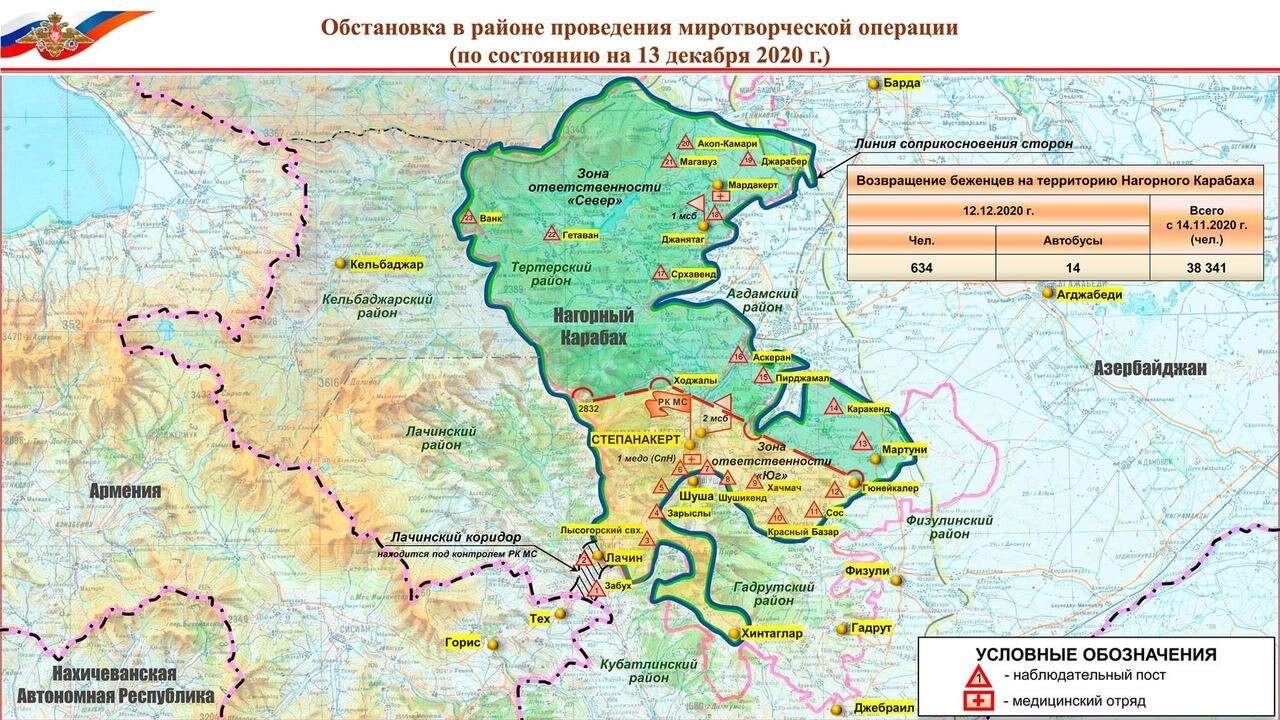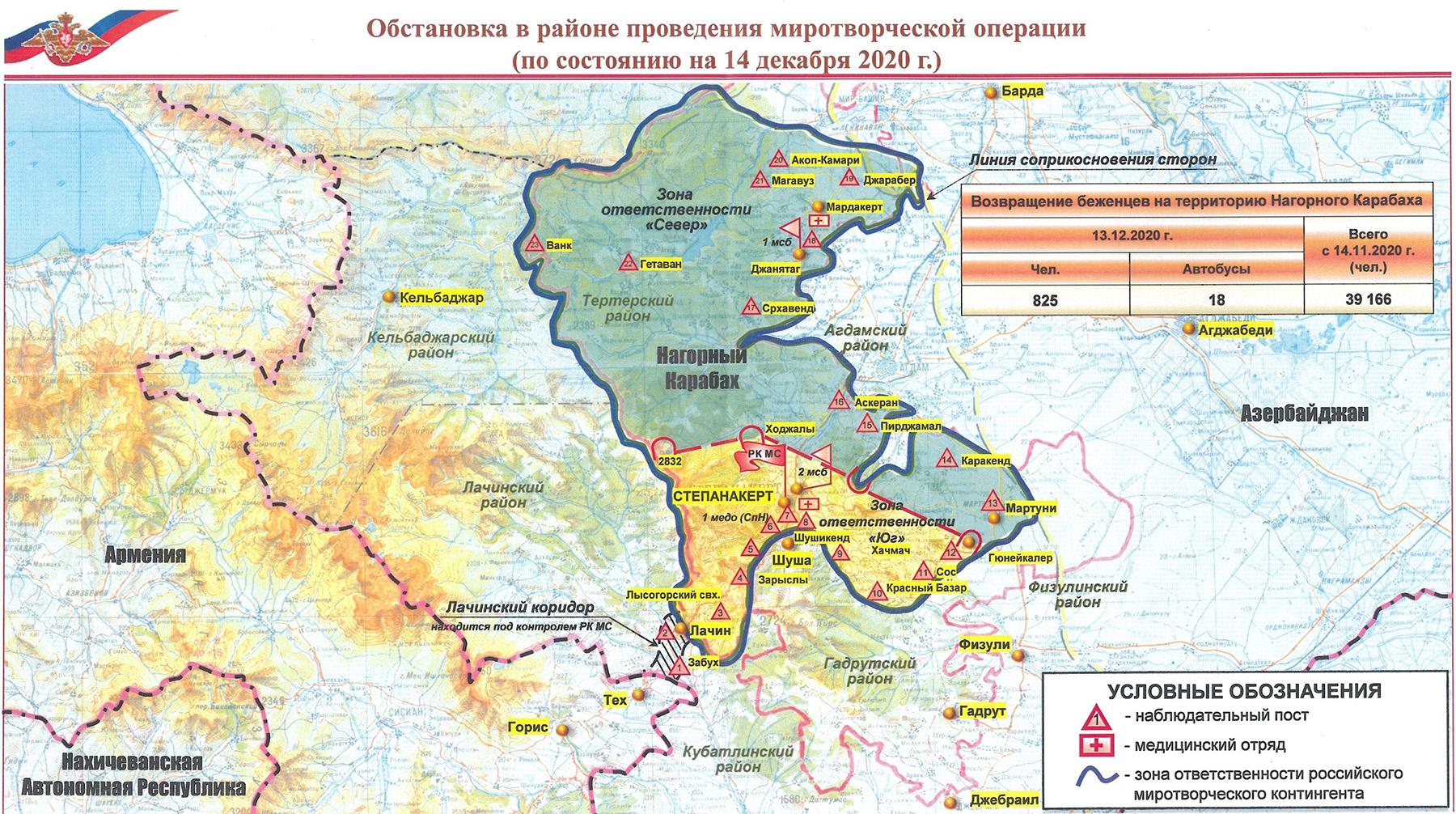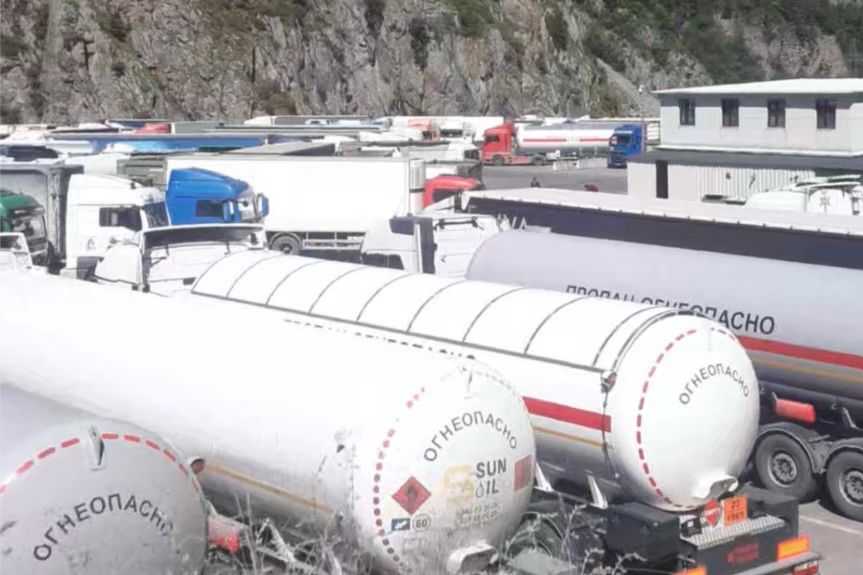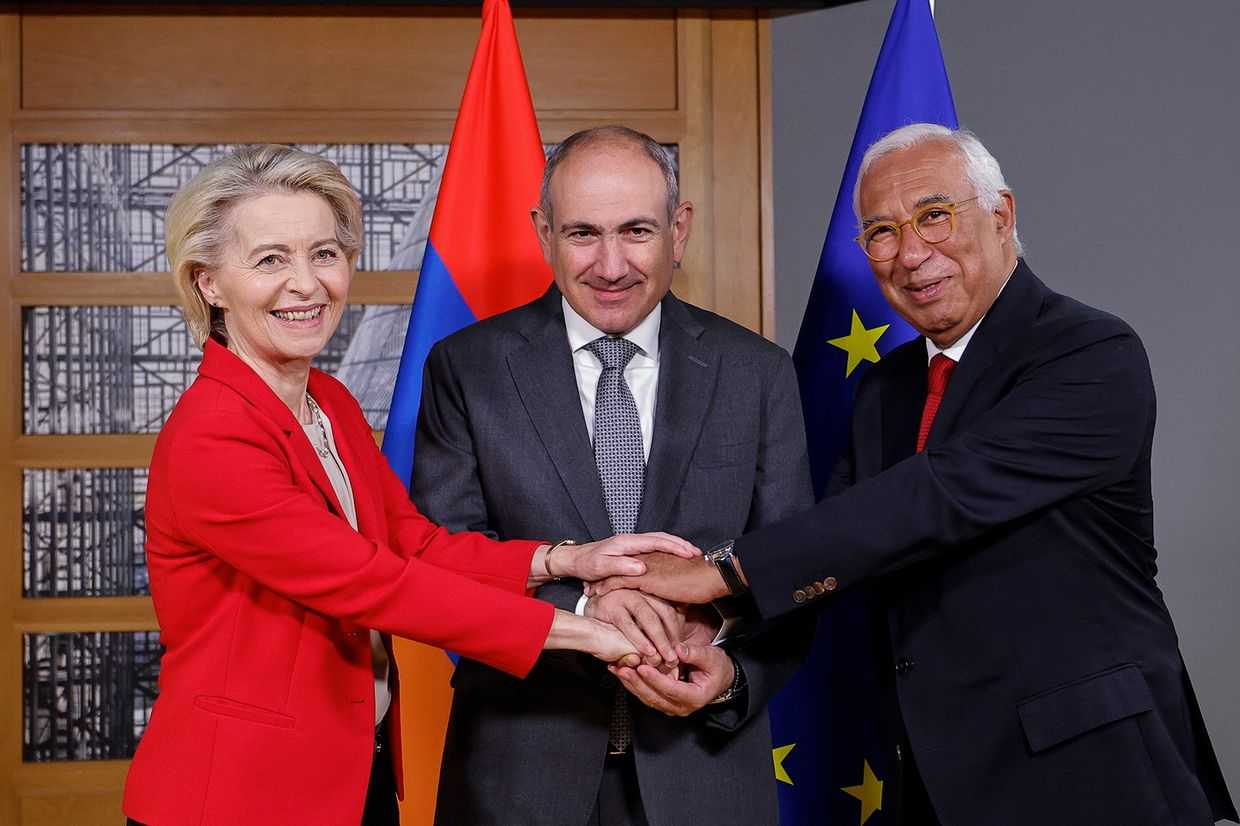
Armenia’s Defence Ministry has reported that 73 Armenian soldiers have gone missing in Nagorno-Karabakh following skirmishes near the villages of Khtsaberd and Hin Tagher.
Videos published on Telegram over the past several days appear to show a number of Armenian soldiers in Azerbaijani captivity. A number of Armenian residents have since come forward and said that they recognised relatives in the videos, adding that they were part of a volunteer contingent deployed to Khtsaberd (Chaylaggala) and Hin Tagher (Kohna Taghlar).
In a live address on 16 December, Nagorno-Karabakh President Arayik Harutyunyan stated that ‘dozens of Armenian soldiers had fallen captive near Khtsaberd’.
Skirmishes took place in and around the two villages from 11-13 December.
They were the only remaining populated settlements in the Hadrut region under Armenian control since the tripartite peace declaration was announced on 9 November.
According to the Nagorno-Karabakh Infocentre, Azerbaijani forces violated the ceasefire and during the ensuing battle, managed to enter Hin Tagher and the vicinity of Khtsaberd. The Armenian side reported that six soldiers were wounded as a result.
The skirmish apparently continued until 13 December, when Russian peacekeeping forces entered the two villages.
In a statement on 13 December, Azerbaijan’s Defence Ministry said that the Azerbaijani military had conducted an ‘anti-terrorist operation’, in response to Armenian forces they claimed had remained ‘in forested areas’ and had carried out the attack. They said the attacks had left four Azerbaijani soldiers dead and one civilian was injured.
Soon after Russian peacekeepers entered Khtsaberd and Hin Tagher on 13 December, the Russian Defence Ministry released a new version of its peacekeeping map in which the two villages fell under Armenian-controlled territory, extending to the south in a narrow strip of territory. Previous maps had shown Khtsaberd and Hin Tagher under the Azerbaijani side of the ‘line of contact’ between the two sides and outside the mandate of the peacekeeping forces.


The next day on 14 December, Russian peacekeeping forces again updated their map of Nagorno-Karabakh — this time excluding the two villages from the territory under their supervision.
Differing interpretations
Russian news publication Kommersant reported that the skirmishes were at least in part a result of differing interpretations of the 9 November declaration.
Azerbaijani officials have publicly stated that they understand point 4 of the agreement, ‘the peacekeeping contingent of the Russian Federation is deployed in parallel with the withdrawal of the Armenian armed forces’ to mean the complete withdrawal of Armenian troops from Nagorno-Karabakh.
Kommersant cites sources within the Armenian government as telling them that the Armenian government understands the document to mean that Armenian forces needed to withdraw only from areas outside of the Soviet-era boundaries of the former Nagorno-Karabakh Autonomous Oblast (NKAO).
Additionally, point 1 of the agreement states that, excluding the areas outside of the former NKAO, ‘the Republic of Azerbaijan and the Republic of Armenia […] shall stay at the positions they occupy’. As Hin Tagher and Khtsaberd are on the territory of the former NKAO, the Armenian authorities understood it to mean that Armenian troops would remain stationed in the villages.
There has been no official explanation from the Russian authorities as to why the map was changed to include and then subsequently to exclude Hin Tagher and Khtsaberd from the peacekeepers’ mandate.
Additional clashes in Nagorno-Karabakh have also been reported. On 13 December, Armenia’s Foreign Ministry reported that Azerbaijani forces broke the ceasefire near the Armenian controlled villages of Mets Shen and Hin Shen, located near the Azerbaijani controlled city of Shusha (Shushi).
According to Nagorno-Karabakh presidential spokesperson Vahram Poghosyan, the Russian peacekeeping forces were able to negotiate with Azerbaijani forces and that the latter left the bases they had set up around the villages. Poghosyan stated that Armenian Armed Forces and Russian peacekeeping forces are now stationed in the villages of Hin Shen (Kirov) and Mets Shen (Boyuk Galadarasi).
Azerbaijani authorities have not commented on the incident.
Demands for information
Armenian authorities stated on 15 December that the Defence Army had lost contact with several military bases near Hin Tagher and Khtsaberd that evening and that a search was underway to find them or confirm their capture with the help of the Russian peacekeeping forces.
After the dissemination of videos purportedly showing the POWs on Telegram, Armenia’s Human Rights Defender, Arman Tatoyan, stated that information on the POWs featured in the videos, which are based on reports of their relatives who have identified them, has been sent to the International Committee of the Red Cross.
Both Tatoyan and Nagorno-Karabakh Human Rights Defender Artak Beglaryan have stated that Armenian and Nagorno-Karabakh authorities must provide clear information to the relatives of the POWs and communicate with the public as transparently as possible in order to avoid ‘misinformation and unnecessary tensions’.
During an interview with Azatutyun on 16 December, Armenian Prime Minister Nikol Pashinyan stated that ‘there was information from the Armenian side that several Russian peacekeepers were also surrounded [by Azerbaijani forces] near Hin Tagher and Khtsaberd’
‘We have a certain crisis situation there,’ he said.
Pashinyan’s claim was denied by the Russian Defence Ministry. ‘Information about the alleged encirclement of units of the Russian peacekeeping forces by one of the parties in Nagorno-Karabakh does not correspond to reality’, a statement by the ministry reads.
For ease of reading, we choose not to use qualifiers such as ‘de facto’, ‘unrecognised’, or ‘partially recognised’ when discussing institutions or political positions within Abkhazia, Nagorno-Karabakh, and South Ossetia. This does not imply a position on their status.







